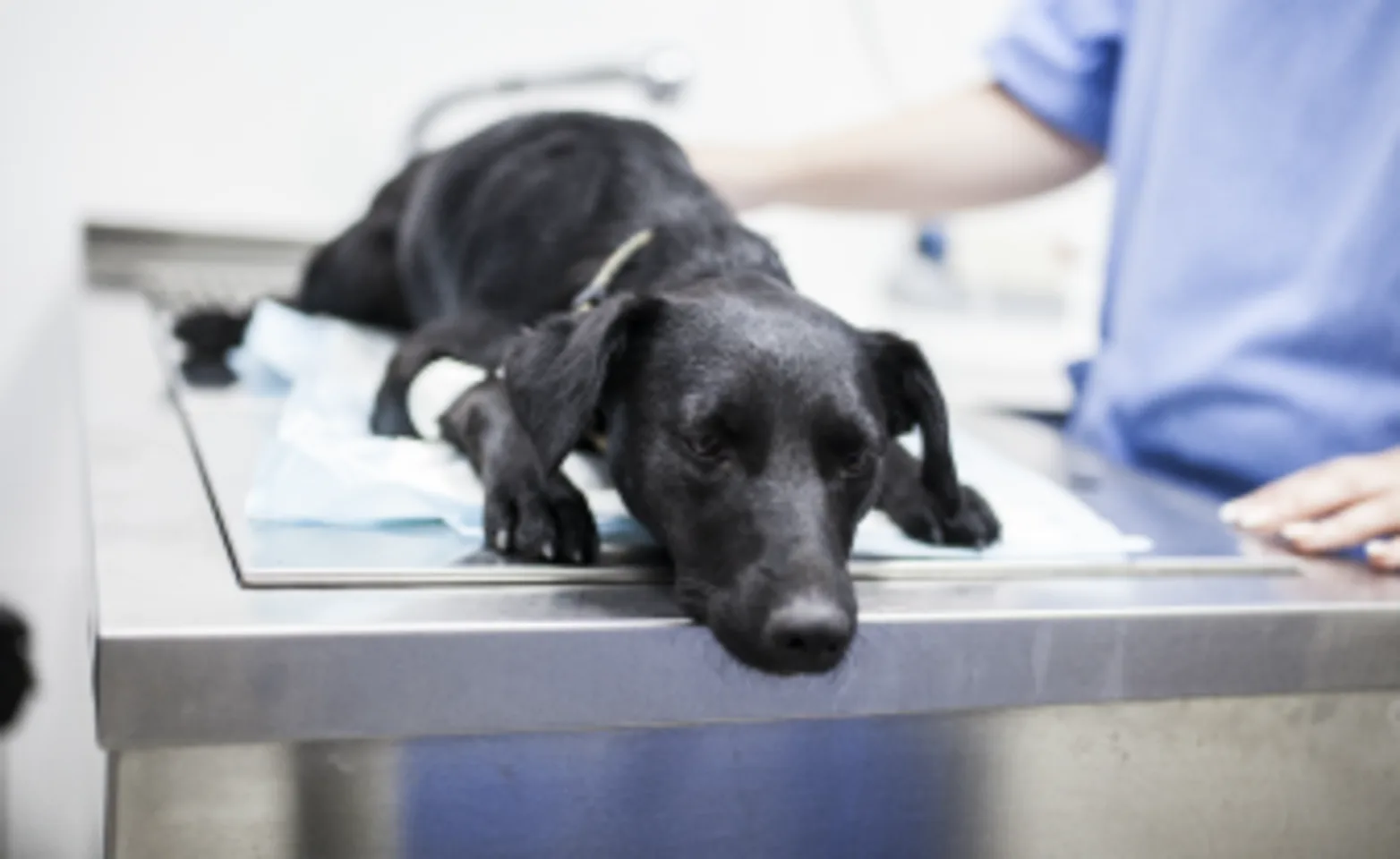Clarksville Veterinary Emergency and Specialty
Hip Luxations: Toggle Pin Repair
Information provided by Wesley Roach, DVM, DACVS, Nashville Veterinary Specialists
Coxofemoral luxation represents 90% of all luxations in dogs – with most being the result of significant trauma. Craniodorsal is the most common direction (80%) for coxofemoral luxations, followed by ventral, then caudodorsal. Treatment options include closed reduction, open reduction with Toggle Pin Repair, femoral head and neck ostectomy (FHO), and total hip replacement (THR).

Closed reduction is often recommended when the patient has little to no radiographic evidence of hip dysplasia, and no concurrent orthopedic injuries. An Ehmer sling (or hobbles if the luxation was ventral) is recommended for the first two weeks to prevent reluxation – which occurs in 50% of closed reduction cases. Open reduction is indicated when closed reduction fails, or if the patient has concurrent orthopedic injuries that require immediate weight-bearing.
Numerous techniques have been described for open reduction and stabilization of the hip, however currently the most popular technique is the Toggle Pin (or Rod) Repair. The name is a little confusing because it does NOT actually involve trans-articular pinning. Rather the goal with the Toggle Pin Repair is to replace the ligament of the femoral head with a synthetic prosthesis. This is a strong repair and allows immediate weight-bearing on the leg (no need for an Ehmer sling). Long-term success is good and reported reluxation rates are less than 10% – which is the lowest out there.
The Toggle Pin Repair involves drilling two holes – one through the femoral head and neck from the 3rd trochanter to the fovea capitis, and the second through the center of the acetabular fossa. The prosthetic ligament is typically made of monofilament nylon or braided materials such as Fiberwire and Fibertape (TightRope®). The ligament is anchored to the medial wall of the acetabulum by a toggle pin (hence the name for the technique), and to the neck of the femur with either a knot, suture button, or second toggle pin.
